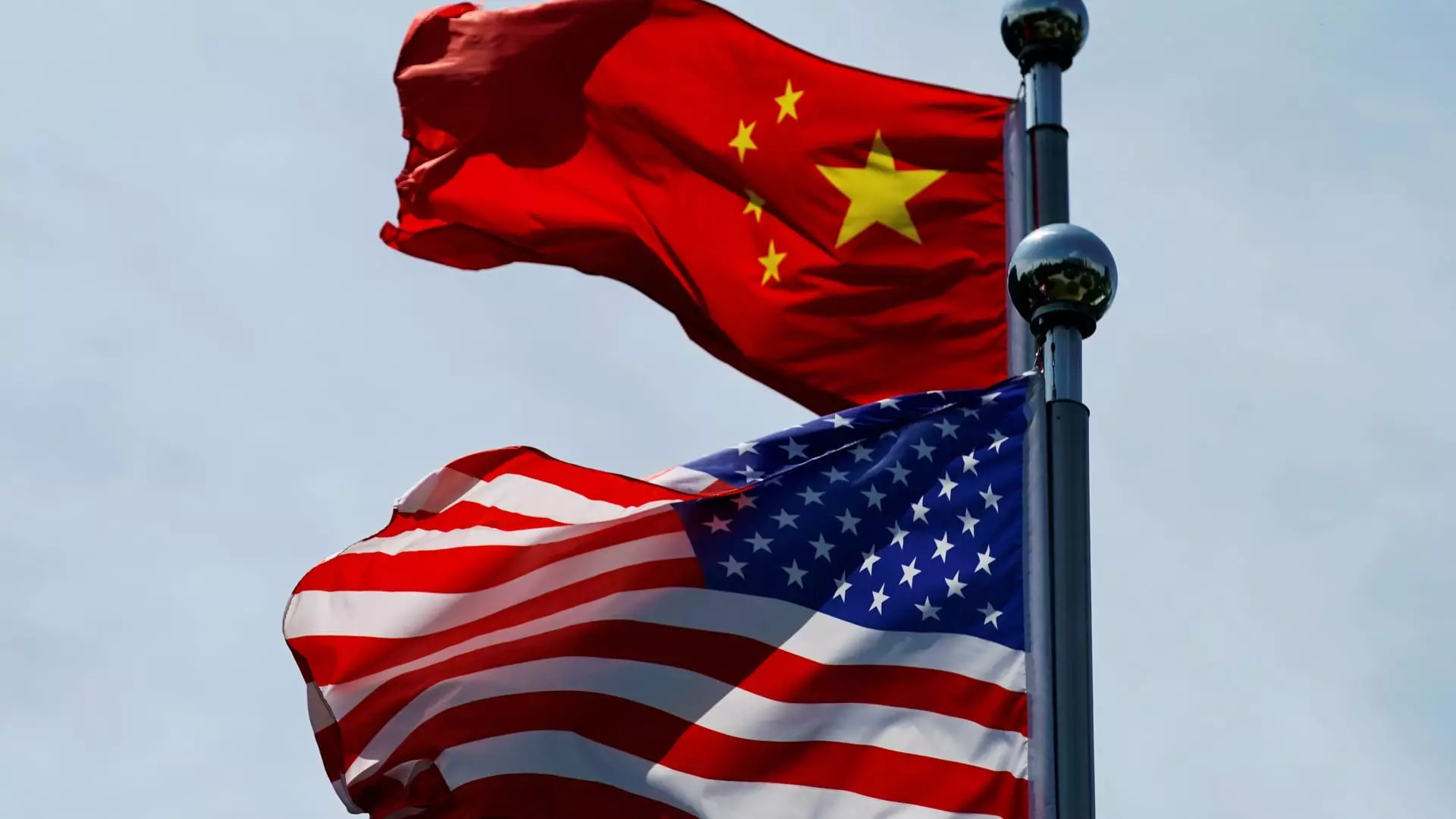The announcement of President-elect Donald Trump’s intention to impose additional tariffs on Chinese goods marks a significant escalation in U.S. trade policy. With his inauguration slated for January 20, Trump’s declaration on his social media platform, Truth Social, underscores his commitment to an aggressive economic strategy aimed at addressing issues he identifies with China and neighboring countries. This move could potentially reshape the landscape of international trade relationships and provoke widespread economic consequences, not only for China but also for businesses and consumers in the United States.
Understanding the Tariff Strategy
Trump’s proposed plan involves a 10% tariff on all products imported from China, following his earlier target of 25% on goods from Mexico and Canada. This layered approach to tariffs is motivated by concerns over illegal immigration and the influx of drugs, particularly Fentanyl, from these regions. Trump claims that despite previous discussions, China has not taken sufficient action against drug traffickers, which he believes justifies punitive tariffs. By making tariffs a central component of his economic policy, Trump is signaling a stark departure from previous trade agreements that emphasized collaboration and free trade.
The rationale behind such tariffs rests on a dual objective: to penalize countries that Trump views as in violation of U.S. interests and to boost domestic production by making foreign products more expensive. However, the proposed hike, while seen as less drastic than his earlier threat of a 60% tariff on Chinese goods during his campaign, still raises concerns among economists and trade analysts.
The economic implications of these tariffs are both complex and far-reaching. Initially, higher tariffs on Chinese goods could lead to increased prices for consumers, as companies facing higher import costs are unlikely to absorb the expense entirely. This could result in inflationary pressure, striking consumers directly in their wallets. Simultaneously, as companies may be forced to reconsider their supply chains and manufacturing processes, a move towards domestic production could benefit certain sectors of the economy.
However, as history has shown, such protectionist measures can provoke retaliatory actions from trading partners. Experts speculate about the potential for China to respond through counter-tariffs or currency manipulation, mechanisms traditionally employed in trade disputes. Moreover, Goldman Sachs’ chief China equity strategist, Kinger Lau, pointed out that China’s potential responses might include interest rate cuts and increased fiscal stimulus to buffer against the economic fallout of the tariffs. Thus, the next steps taken by both nations will be pivotal in determining the future of their trade relationship.
The proposed tariffs have not gone unnoticed on the international stage. With the U.S. dollar gaining strength against other currencies like the Mexican peso and Canadian dollar, global markets are closely watching how these tariff adjustments will influence currency valuations and international trade flows. The dynamics of trading relationships are critical, as the U.S. maintains significant economic ties not only with China but also with Mexico and Canada, the latter being its top trading partner.
Investment strategist Andy Rothman has highlighted the importance of the U.S.-China economic relationship, noting that the two countries share a substantial commercial interdependence. It is important to recognize that the tariffs could disrupt this relationship, leading to broader economic inefficiencies and altered consumer behavior. Companies reliant on Chinese imports might seek alternatives, creating ripple effects across supply chains and potentially leading to job losses domestically if they relocate their operations abroad in search of cheaper materials.
As the U.S. prepares to transition into a new administration, the prospect of increased tariffs represents not only a tactical maneuver in the realm of international trade but also a deep ideological shift towards protectionism. The ramifications of Trump’s proposed tariffs on Chinese goods are poised to have lasting effects on bilateral relationships, consumer behavior, and global economic stability.
While the immediate consequences may be felt domestically, the broader strategy raises questions about the long-term sustainability of such an approach. As nation-states navigate the complexities of trade, it is imperative to recognize that collaboration often yields better outcomes than confrontation. Both the U.S. and China would benefit from a careful reevaluation of their economic strategies to build a more resilient and cooperative future.

